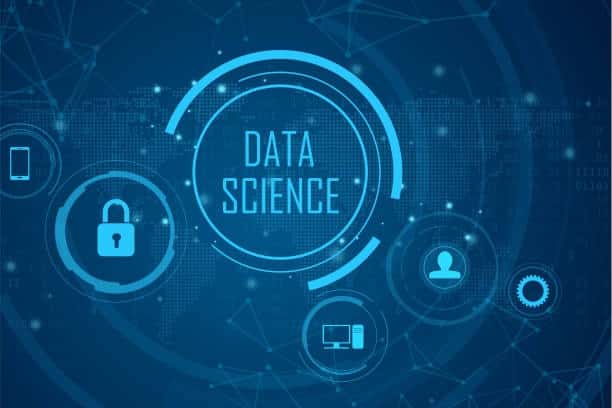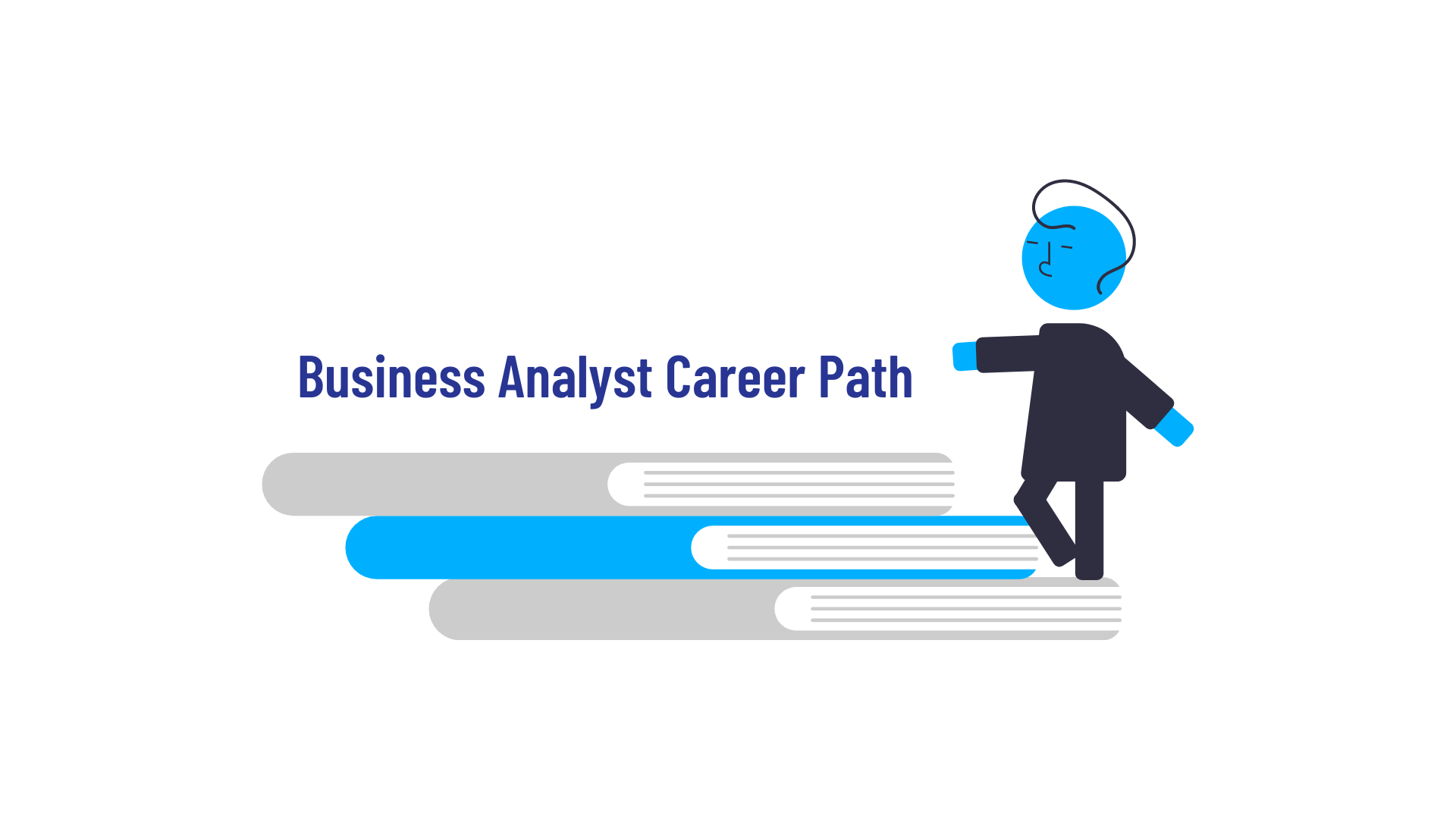- Step 1: Identify your dream job
- Step 2: Learn new skills through a data science course
- Step 3: Business Problems and how badly you need to automate decision making
- Step 4: Explore what is Data Science vs AI vs ML vs DL vs Statistics vs Analytics vs BI vs BigData
- Step 5: Big Data and Statistical Techniques
- Step 6: Find mentors in the field
- Step 7: Build practical experience
- Step 8: Keep reading and learning
- Step 9: Deploy Learnings
- Step 10: Python Books list for Beginners
In 2020, the global revenues for big data and business analytics are set to reach $210 billion. Naturally, because of increased demand, there has been a shortage of data science professionals and firms are reaching out with open arms to those looking to embrace the industry and join the workforce.
However, the gap between existing skill sets and required skills is very broad, which has no doubt fuelled the gap between supply and demand. That said, it is a lucrative job opportunity in a field that is set only to grow and permeate into other industries regardless of how distant they may have once been.
Those looking to close the gap and jump from a non-technical background to data science and related fields, do not fret! These tips will guide you on how to get a foot in the door and stay at the top of recruiter’s minds when new and competitive job opportunities pop up.
This blog will focus on all aspiring professionals who wish to transition their career. Check out this data science and analytics course which is worth pursuing.
Commonly, professionals think:
“CAN DATA & THE SCIENCE BEHIND ANALYTICS HELP ME WITH MY INDUSTRY? “
Answer to this will be:
“YES, any industry that can generate data can use the power of data science“
Keeping this in mind let us focus on how professionals irrespective if they belong to technology or non-technology domains can transition their career to data science or its hybrids. Following are the steps that one can follow to enable the transition:
Here’s how to get into data science from a non-technical background or technical background:
Step 1: Identify your dream job
Since data science is such a wide field, streamlining your ideal job role and working towards it, will allow you to set goals and eliminate skills you may not need at this point in your journey.
In Technical Jobs, Most Roles Require these Skills
- Mathematics
- Statistics
- Programming
- Business knowledge
This is because of the role data scientists and analysts play, in explaining insights to stakeholders and experts from other fields. The long-term aim of data science in the context of business is to derive insights that can drive business planning and future goals like increasing revenue, powering sales, and recruiting top talent. However, the technical skills that would aid in your dream job are decided only when you understand which path you want to follow. Another crucial step is evaluating what current knowledge is applicable within this field, despite being sourced from another field. This is especially true of graduates in economics, mathematics, statistics or business studies– facets of these streams are well-embedded in data science, so make use of them. The first step to learning is knowing what you need to learn!
Step 2: Learn new skills through a data science course
Data science is a complex field interwoven with facets of different industries. To be able to get a headstart in the field as a novice with little to no knowledge, candidates must upskill by enrolling in a well-outlined course with top educational institutions or course providers. The ideal curriculum should cover the following topics:
- Basics of programming (Java, R, Python)
- Deep learning
- Data visualisation
- Statistics and probability
- Big data handling
This is the easiest, most organised way to approach learning about the field because if one were to embark on the research journey alone, it would be time-consuming to gather relevant resources and understand where to begin. Additionally, to set a mission for oneself to learn all skill sets within the data science umbrella is nearly impossible. Certain skills are also based on experience and people-handling, so the best place to get a headstart is data science courses with certificates. These courses are usually curated by veterans in the field and come with the added benefits of career counselling, placements and mentorship programmes with industry experts.
Read also: Top 5 Technical Skills you need to become a Data Scientist
When there are a plethora of courses out there, these questions will help choose the best out of the lot:
- Which course comprehensively covers what I want to learn?
- Which of these courses only rehash topics?
- Which of these courses provide practical experience alongside theoretical knowledge?
- Which courses have the best reviews from students in similar situations?
- Which of these courses is affordable but also worth the money being put into it?
- What sort of reputation does the offering institution have?
- Where have the ex-students of the course been placed within the field?
Step 3: Business Problems and how badly you need to automate decision making
A word to the wise– do not jump directly into paid courses without asking the above questions. Sometimes, you may be lucky enough to find a free course or an open-source programme, that gives you just the jumpstart you need. Once you have gone through that and understand what you want out of the course, you can then decide which paid certification you want to opt for.
Almost all the industries now become more organized, follow best practices, and have started adopting automation to redundant processes. You can find common implementable processes that can be automated using data science. You can also formulate a business problem and work towards a business outcome to initiate a Proof Of Concept [POC].
Example 1: In the Human Resource domain, what if a company can automate KPI [Key Performance Index] collection of all employees. During a performance review, a machine learning automation can process the numbers to give a rating, and NLP based deep learning automation can process the employee’s self-assessment test. Both of these can be combined to give a final rating to the employee. This will reduce the managerial efforts, thereby reducing the time of the review. This automation can be triggered during every review cycle. Also, machine-based evaluation can overcome any kind of bias and conflicts, reducing HR’s time to deal with employee review complaints.
Step 4: Explore what is Data Science vs AI vs ML vs DL vs Statistics vs Analytics vs BI vs BigData
Let us understand the difference between highly correlated topics where some of them are the root base and others are the technology built.
- STATISTICS: Proven methodology or group of methods and theorems using which one can extract information from a large set of numbers.
- ARTIFICIAL INTELLIGENCE: A set of data techniques using which one can learn patterns from training data and use the same learnings to perform prediction on future data.
- MACHINE LEARNING: A set of data techniques based on formulas using which one can learn patterns from training data and use the same learnings to perform prediction on future data.
- DEEP LEARNING: A set of algorithms inspired by the human brain and how neurons come together to form a network of learnings. A set of data techniques using which one can learn patterns from training data and use the same learnings to perform prediction on future data.
- ANALYTICS and BI: A set of best practices to perform descriptive, diagnostic, predictive, and prescriptive techniques on the data.
- DATA SCIENCE: Collection of all of the above techniques working in a group to find information from the data.
- BIG DATA Analytics: Analytics performed on a set of data that cannot be managed, processed, or analyzed with traditional software/algorithms within a reasonable amount of time.
Step 5: Big Data and Statistical Techniques
Data science and its hybrids have a dependency on huge volumes of numbers and statistics. Let us understand how big data and statistical techniques should be mastered to understand data science from a non tech background.
BIG DATA: A set of data that cannot be managed, processed, or analyzed with traditional software/algorithms within a reasonable amount of time.
- Big data revolves around Volume, Velocity, Variety, Value, Veracity. Technological developments Revolution of the Internet and Social Networks, data generated from mobile phones produce large amounts of data from which insights will be shifted.
- Advances in enormous computing power to effectively process and analyze massive amounts of data.
- Large data storage capability.
STATISTICS: The significant events triggered the current meteoric growth in the use of analytical decision making and Statistics is central to all of them.
- Technological developments The discovery of patterns and trends from these data for organizations will pay the way for improving profitability, understanding customer expectations so that they can gain a competitive advantage in the marketplace.
- Sophisticated and faster algorithms for solving problems. Data visualization for Business intelligence and artificial intelligence.
- Parallel and cloud computing have enabled businesses to solve large scale problems.
From the above, we infer that you must be comfortable dealing with numbers, huge datasets, and applying statistical techniques on them to get inferences.
Step 6: Find mentors in the field
There are many certified mentors available which can be in the form of University and Education technology companies. You need to analyze the course topics and techniques used by mentors before choosing one.
No matter which field you choose to start afresh in, it is always difficult to find an inroad. It is the same with data science for non technical background, but finding a mentor can benefit hopefuls looking to enter the field as a non-technical individual. Here are the perks of finding a mentor with nothing less than 5 years of hands-on experience in the data science field:
- Networking: Mentors can introduce fresh candidates to recruiters and veterans in the field and at top companies, which would help secure the candidate’s future or, at the very least provide a helping hand.
- Industry insider tips: After years of putting theory to practice, mentors are a goldmine of industry knowledge, understanding just how to put skills to use. They can also impart useful lessons on how to develop soft skills such as people management, dealing with deadlines and collaborating with other teams in the pursuit of business goals.
- Sounding board for questions: Mentors may have all the answers to questions about the industry, available job roles and potential professional growth. They are also especially useful for budding ideators and entrepreneurs to pitch their ideas again and receive constructive feedback in return.
- Long-term relationships: Building a relationship with a mentor can be beneficial not just at the start of a career but throughout. Mentors are often people to fall back on for advice and strength. They can be invaluable in times of insecurity and doubt as they most likely would have gone through similar highs and lows and have grown from it.
Step 7: Build practical experience
Practical experience is the linchpin of landing a data science job in the most reputed of firms. This does not mean a high-stakes, futuristic project, although that would help the cause. Practical experience could also be in the form of smaller personal projects that came from experiments with tools and ideas. This portfolio is a display of interest and passion to transfer into the field and a chronological statement of attempts made to learn the tools of the trade. Hosting it on GitHub opens the floor to feedback from experts and writing content around it on Medium or a personal blog spreads the word and places you on the radar of recruiters.
These practical projects could be-
- A part of organised courses: Most courses today offer a practical element where students can apply theoretical knowledge, technical skills and creative ideas to build data science-driven projects. Often, these are marked by industry experts, so such validation from a veteran in the field will add a lot of weight to any resumé.
- Personal undertakings: Languages are best learnt through practice and this holds through for coding languages within the data science field. Personal projects are a great way to build technical skills without the pressure of time-bound tests and being graded. This is also a good way to evaluate one’s comfort levels with the field.
- Mentor-led projects: Creating a project with the hands-on help of a mentor is a surefire way to catapult into the industry on good terms. The perks carrying out mentor-led projects is the fact that they can provide invaluable inputs with every step of the way to understand whether this was the best way to carry out the project. When hit with roadblocks, mentors can encourage creative thinking and finding solutions without getting stuck in a rut.
Step 8: Keep reading and learning
The world of data science is ever-changing and almost always in the news. It is also the subject of some interesting non-fiction and informational books, so consider reading up if intending to move into data science from a non-technical background. Reading the papers or long-form journalism articles written by industry veterans provide insights into crucial industry trends and potential job opportunities. It also draws focus on what skills recruiters want to see in their employees, which can help streamline learning goals.
Step 9: Deploy Learnings
Use the following steps to make your learning journey smooth:
- Trust your mentor on the contents, topics, theory, and practice material and sessions provided by the mentor.
- Pick up any topic. Understand why this topic is included, what it solves, and how it solves a problem.
- Practice the same using any tool or prescribed tool by the mentor using the academic projects and examples provided by the mentor.
- A very important step is to use the same topic and your understanding of the data from your current work/project/industry to understand how this topic fits your needs. At the end of this certification anyway, you will be using the knowledge to implement on your industry. Hence it is always good to start early.
Understand topics and wrap it around your industry to implement while you are learning. This is a good morale and confidence boost.
- Learn the complete topic life cycle management:
- how to formulate the problem?
- how to choose this topic?
- how to design and model this?
- how to design and model?
- where to design and model?
- how to test and validate your model?
- how to package the model?
- how to deploy the model in production?
- how to maintain the model?
- how to decide on a decommission model?
The above mentioned best practices are not easy or straightforward but are complex and time-consuming. They will require your patience, regularity, and practical thinking approach. The road is difficult, but the destination is your end product. It is in your hands how well you manage your journey to data science for non technical background.
Step 10: Python Books list for Beginners
- Python for Data Analysis
- Machine Learning for Absolute Beginners
- Python Data Science Handbook
- Deep Learning with Keras
- An Introduction to Statistical Learning
Also Read: Top AI Books for Beginners and Top ML Books for 2020
To continue your learning and expand your horizons beyond textbooks and course materials, consider exploring these audio-visual and written resources:
- 24 Ultimate Data Science Projects To Boost Your Knowledge and Skills
- Storytelling with Data: A Data Visualisation Guide for Business Professionals
- Webinars like Data Science Connect
While it is not the easiest task to enter the field of data science for non technical background, it is not impossible either. It is a difficult path to tread since there is a lot of learning, unlearning and relearning involved.
Getting the basics right before moving on to higher applications is a good approach, as is connecting with a mentor or industry veterans to learn about the field in action. Engaging with the larger data science community and keeping abreast of developments within the field will look just as good on resumes as practical projects and course certificates!
Contributed by: Krishnav Dave
He is a certified scrum master, full stack data scientist and test automation expert with 8+ years of industry experience. His expertise lies in deep learning using computer vision, natural language processing and automation bots.






